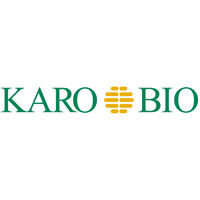Biphasic malignant pleural mesothelioma (MPM) is the second most common histotype of MPM. It is histologically characterized by the concomitant presence of epithelioid and sarcomatoid features, the latter associated with worse prognosis. In this report we describe that silencing of AKT1 in spindle-shaped biphasic MPM cells promotes the shift toward an epithelioid phenotype. Furthermore, AKT1 silencing resulted in decreased expression of the lactate/H+ symporter MCT4 and its chaperone CD147/Basigin, and in the induction of estrogen receptor β (ERβ) expression. We provide evidence that ERβ expression is induced by increased intracellular lactate concentration. Spheroid culturing and tumor growth of ERβ negative biphasic MPM in nude mice resulted in the induction of ERβ expression and response to the selective agonist KB9520. In both models, the treatment with the ERβ agonist results in reduced cell proliferation, decreased expression of MCT4 and CD147/Basigin and increased acetylation and inactivation of AKT1. Collectively, in response to metabolic changes, ERβ expression is induced and exerts an anti-tumor effect through selective agonist activation. The possibility to reverse the more aggressive biphasic mesothelioma histotype by targeting ERβ with a selective agonist could represent a new effective treatment strategy.








